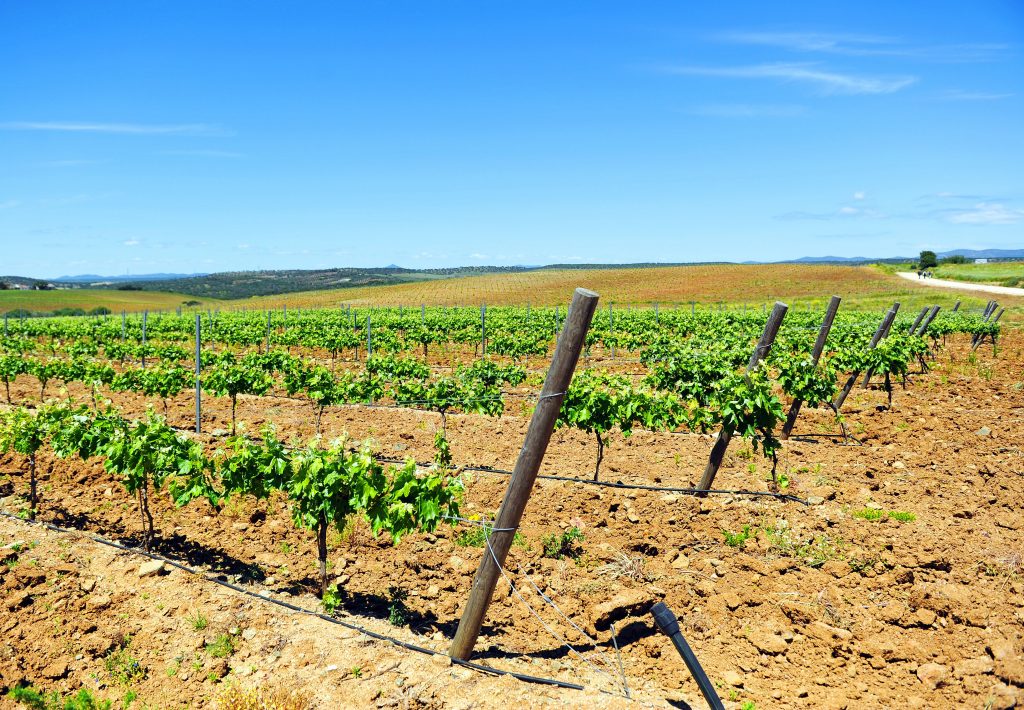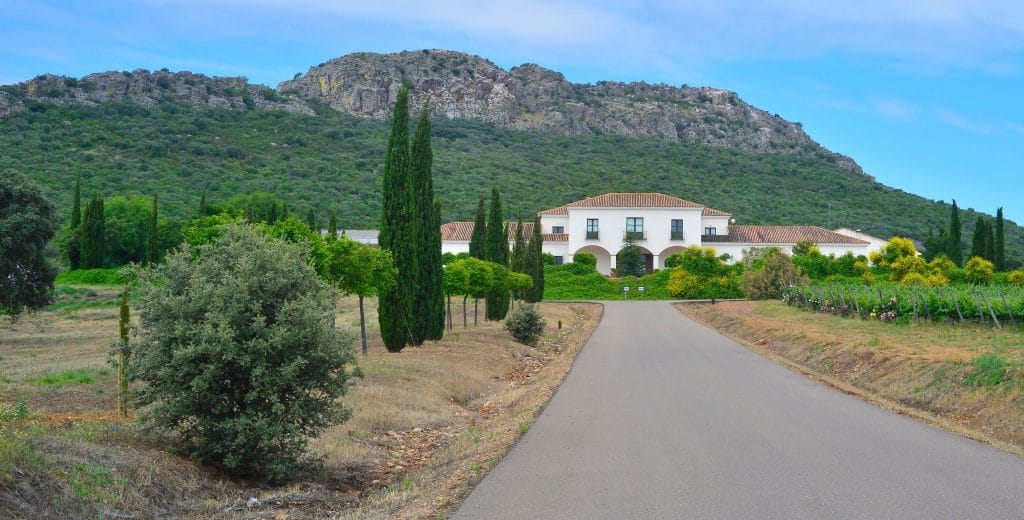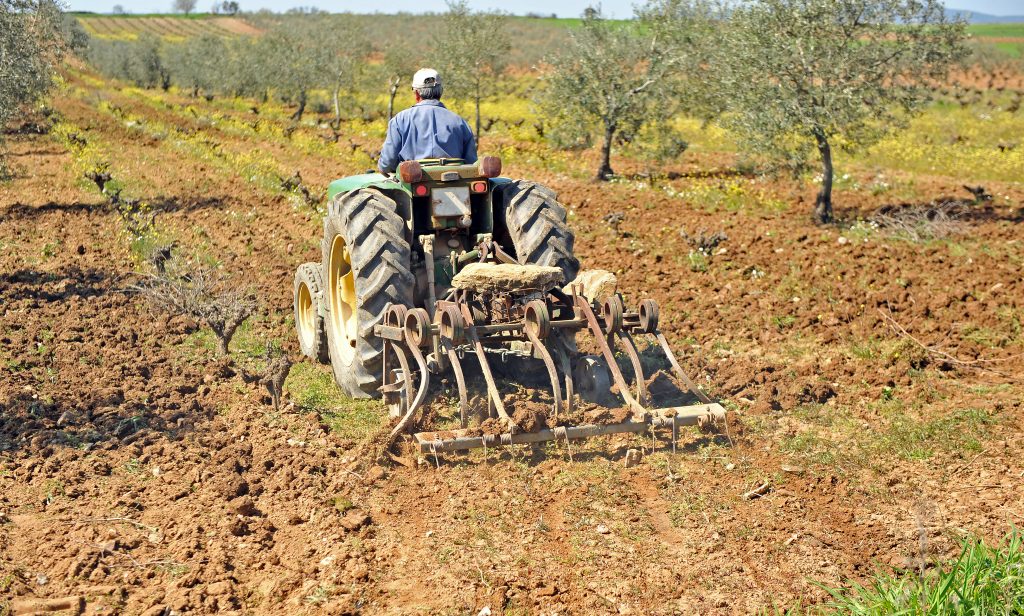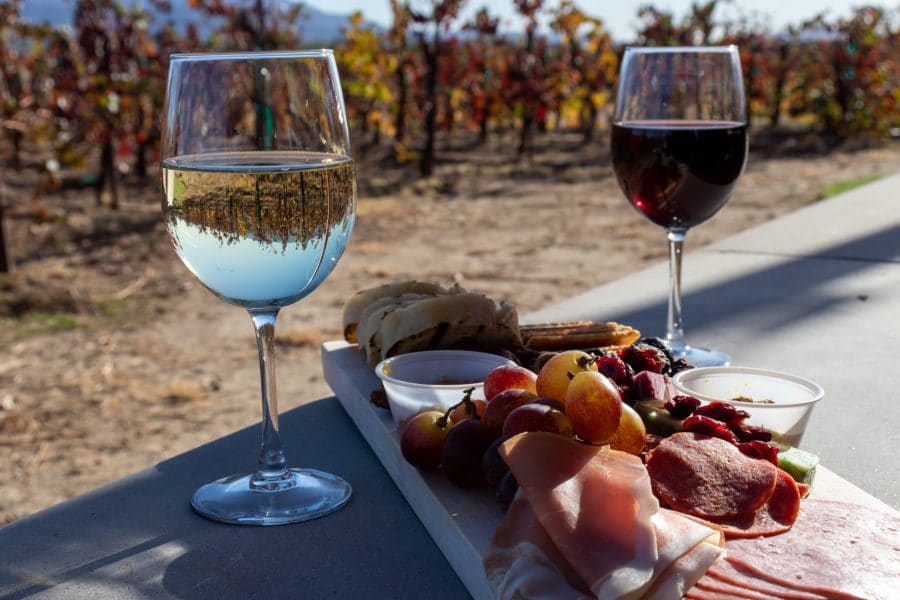In a largely forgotten corner of Spain, close to Portugal, lies a region that makes associations with built-up coastal areas disappear like snow in the sun. Whilst it may be a relatively unknown region to tourists, the wines from Extremadura are starting to count in the international wine world.
Connoisseurs judge the wines from the Denominación de Origen (D.O.) Ribera del Guadiana predominantly as very interesting, innovative and good at an affordable price. Interesting because of the extra efforts that bodegas in this region are making to compete with much more famous regions such as La Rioja, Ribera del Duero and El Penedés.
The bodegas and their marketing
InSpain.news visited two bodegas that sell their wines under the aforementioned label: Viña Santa Marina just outside the city of Mérida – often seen as the Rome of Spain thanks to the many well-preserved Roman finds – and Bodegas Martinez Payva near Almendralejo, the capital of the Extremian wine.
After discussions with the founders of both bodegas, it appears vinologists have to be very creative and innovative in order to compete with other (Spanish) wine regions. “Everything comes down to smart marketing. Even though your wines are of excellent quality, as soon as an importer sees the region of origin, the wine is suddenly ‘nice’ instead of ‘very good’,” says José Maria de Corral of Viña Santa Marina. “It goes so far that one of our wines without a label came out best in the test and did not even make the first ten with a label. So we have to offer the highest quality in every respect; selection of the very best grapes, manual picking, use of good cork, maturation in French oak barrels, the entire production in an ecological way, etcetera.”
Ecological viticulture and wedding parties

Putting a lot of energy into the ecological cultivation of grapes is something that not only these bodegas do. As there is increasing interest among visitors to the Spanish interior for sustainable holidays and ecologically produced food, other Extremian bodegas are eagerly responding to this trend. José Maria and his wife vinologist Yolanda Piñero have even left holm oak and olive trees among their grapes. “Very difficult, because mechanical picking is not possible, but we like to keep our beautiful surroundings as natural as possible. All of our grapes are used after the harvest. Right down to the vines and the waste.”
At the time of our visit (just before the corona pandemic broke out), bodega Viña Santa Marina was a wedding party venue for the day. Almost four hundred beautifully attired guests are in a stylishly decorated room and on the patio of the finca. José Maria: “We organise this more for the money than because we like it so much.” Despite the production of a number of excellent, award-winning wines (including at the London International Wine & Spirits Fair), it is difficult to keep going solely on income from the wines. “Perhaps in a while, when the international wine world has a little more confidence in this region,” adds José Maria. Bodegas Martinez Payva is also a venue for weddings, baptisms and communions and operates an à la carte restaurant as an additional source of income.
Innovative winegrowers
Angél Martinez Payva of Bodegas Martinez Payva had many years of experience in winemaking before setting up his bodega. Like many other winegrowers in this area, his family distilled wine to make alcohol that forms the basis of fortified wines from Jerez de la Frontera and Portugal. “Until we started making wines that were tasty enough to drink,” says Angél.
According to him, making wine in Extremadura is a very complex and passionate activity. From the passion that drives his entire family, at least ten fine wines – made exclusively with their own grapes – have emerged, which earned the bodega a respectable number of prizes. They grow twelve types of grapes over 330 hectares, including the aforementioned ‘Verdejo’, which produces a very aromatic white wine. “To stay ahead of the competition, like other bodegas in this area, we must pioneer in harvesting methods, innovative oenological technologies, new grape varieties such as the ‘Verdejo’ and the introduction of new grape varieties and combinations.”

Bodega Viña Santa Marina
Bodega Viña Santa Marina is also a pioneer. This bodega was the first to combine Cabernet-Sauvignon and Syrah in one wine. Precisely because bodegas take risks in this way in order to deliver a special quality, Extremian wines are becoming increasingly interesting for wine connoisseurs. A fact that results in a fuller trophy cabinet at various bodegas and growing export numbers to countries such as Japan, India, the United States and Canada. Across Europe, the wines of Extremadura are becoming more popular and purchased in growing quantities.
Wine tasting
Of course, we cannot leave the bodegas without wine and to choose the best one, they must be tasted. All bodegas organise tastings and both Jose Maria and Angél make ample time for them and pay a lot of attention to the explanation. Above all they are not sparing with the quantities served.
The most commonly used grape for Extremian red wine is Tempranillo, Spain’s only indigenous grape with a core flavour of dark forest fruit. Traditional wines made from this grape often give spicy aromas, such as earth, spices, leather and tobacco, thanks to a long maturation in wooden barrels. More internationally tinted Tempranillo wines have a lot of colour and taste of (dark, dried) fruit and oak. Bodegas Martinez Payva even makes a delicious sweet wine from the Tempranillo grape. Commonly used white autochthonous grapes are the Cayetana Blanca and the Pardina. In addition to these grapes, we come across many Macabeo, Chardonnay, Viognier and Montua grapes.
D.O. Ribera del Guadiana

The Denominación de Origen Ribera del Guadiana takes its name from the river Guadiana and covers two provinces, Badajoz and Cáceres. The most interesting places in this state are Cáceres, Badajoz and Mérida and Trujillo. Mérida is a pleasant town that does not seem to suggest that it was once the most influential Roman city (Augusta Emerita) together with Rome. Other than Rome, Mérida today houses Europe’s most important Roman ruins, including the impressive aqueduct De los Milagros and a very well-preserved amphitheatre. The Spanish Silver Route (Ruta de la Plata), built by the Romans, also runs through this region from north to south.
Ribera del Guadiana is divided into six areas, of which Tierra de Barros (mud land) is the most important. The soil is flat and thanks to a lot of clay, limestone and good drainage, it, in combination with the continental climate, forms a very fertile soil for the no fewer than 29 different grape varieties grown in this area. Add to this the extra efforts made by the bodegas to compete with world-famous regions such as La Rioja and the Penedés, and the result is a region of very interesting and very good quality wines.


